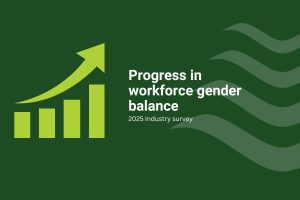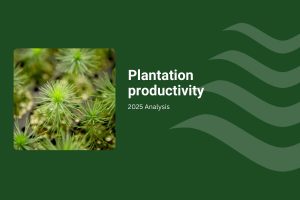Ahead of all else right now, the global economy is concerned about inflation, which has triggered successive rounds of efforts to rein in expenditure by the tried and eventually true mechanism of raising interest rates. With not the worst inflation and not the first to lift interest rates, Australia has joined the ranks trying to navigate the complex trilogy of inflation, interest rates and exchange rates.
Historically, increases in interest rates have been associated with the end of house building cycles. This is no particular surprise, because the ‘up’ cycles in housing tend to coincide with inflation. Ultimately, that means, what the RBA does with interest rates is very important for demand in the housing sector.

This tightening cycle commenced in 4 May when the RBA announced +0.25% increase. Since then the a further 5 increases have been announced moving the official rate to 2.6% on 5 October. The sharp increase in recent months is the result of increased inflation. Inflation rose to 6.8% in the year to August, according to the ABS’ new monthly Consumer Price Index (CPI) indicator. To place this lift in inflation in Australian context, this is the highest increase in annual headline inflation since mid-1990. The annual figure was long in the making, and in large part was pushed by significant increases in building costs (+20.7%) and automotive fuel costs (+15%).

In simple terms, inflation is caused by demand exceeding supply, causing prices to rise. The aim of increasing interest rates is to reduce demand by increasing loan repayments and thereby removing spending power, to bring demand in line with supply.
The reason we may see a “soft” landing is that the current inflationary pressures are being driven by supply bottlenecks combined with excessive demand. The supply bottlenecks have been caused by COVID disruption to global supply chains and now more recently with the war in Ukraine, but also originated in households and businesses changing their expenditure patterns during successive lockdowns.
Households replaced a planned holiday with an unplanned television, their supply of sourdough cookbooks, a truckload of jigsaw puzzles to gather dust and a small home office so mum could live the dream of working from home while home schooling little Brad and Jennifer. Multiplied by three billion global households, that shifted demand rapidly and scarcity ensued, pushing prices up, for pretty much everything.
Meantime, desperate governments thrust fiscal stimulus into the hands of a rapacious and willing populous, so the shifts in demand were joined with free money. Cynicism aside, the reality is the stimulus worked, which was lucky because central banks already had interest rates at zero.
As a consequence of the withdrawal of the fiscal stimulus the scale of rate rises may not need to be as large as previous cycles. Left to their own devices, households don’t have anything like the capacity to buy more stuff.
If supply can improve – and certainly there signs the global supply chains are starting to iron themselves out – and some of the heat can be taken out of demand via the application of higher interest rates, then the prospect of the Australian economy moving back into balance without a recession would appear to be fairly good. This may not be the case for some other countries where inflationary pressure is still growing forcing larger increases in interest rates and potentially a greater likelihood of recession.
Adding to the domestic complexity is the obvious reality that Australia is not working in isolation of other economies. As we can see from the OECD outlook, headline inflation in other major economies is running higher than Australia, prompting action from central bankers.
As the chart here shows, inflation is projected to fall slowly in 2023, but remain above target in many economies. The scale is in percentages.

Source: OECD Interim Economic Outlook 112 database.
Depending on your outlook, you might be inclined to say ‘bad luck for them’ about other countries facing sharp interest rate rises.
However, it is this action from other central bankers, particularly the US Federal Reserve, which can necessitate follow on action in Australia.
In a recent article in the Conversation, Peter Martin commented on the interconnections between global economies and the impact on exchange rates.
The rapid rise in US interest rates increased the price of the US dollar against other currencies. This in turn means imports usually funded with US dollar become more expensive, thereby contributing to further local inflationary pressures. That places the local RBA under pressure to increase rates further.
A mitigating factor is that demand for Australian commodities is very strong, with sales predominantly in US dollar. The strong terms of trade (the ratio of our export prices and our import prices) is therefore providing some assistance to the Australian dollar, so again, the pressures for rate rises are dulled locally, compared to other countries with limited export capabilities.

The more moderate increase in rates of 0.25% on 5 October, 2022 suggests the RBA is now waiting to see if inflation has peaked and if so then the forecasts for lower outcomes in Australia and our major trading partners in 2023 may look more realistic. This moderating of rate rises is welcome and suggests more positive territory ahead particularly when compared with the more aggressive tightening by the US Federal Reserve in late September, when it lifted interest rates by 0.75%.
It’s a tricky landscape being navigated right now, but one Australia is well placed to come out of in relatively good shape. The Lucky Country, perhaps?



